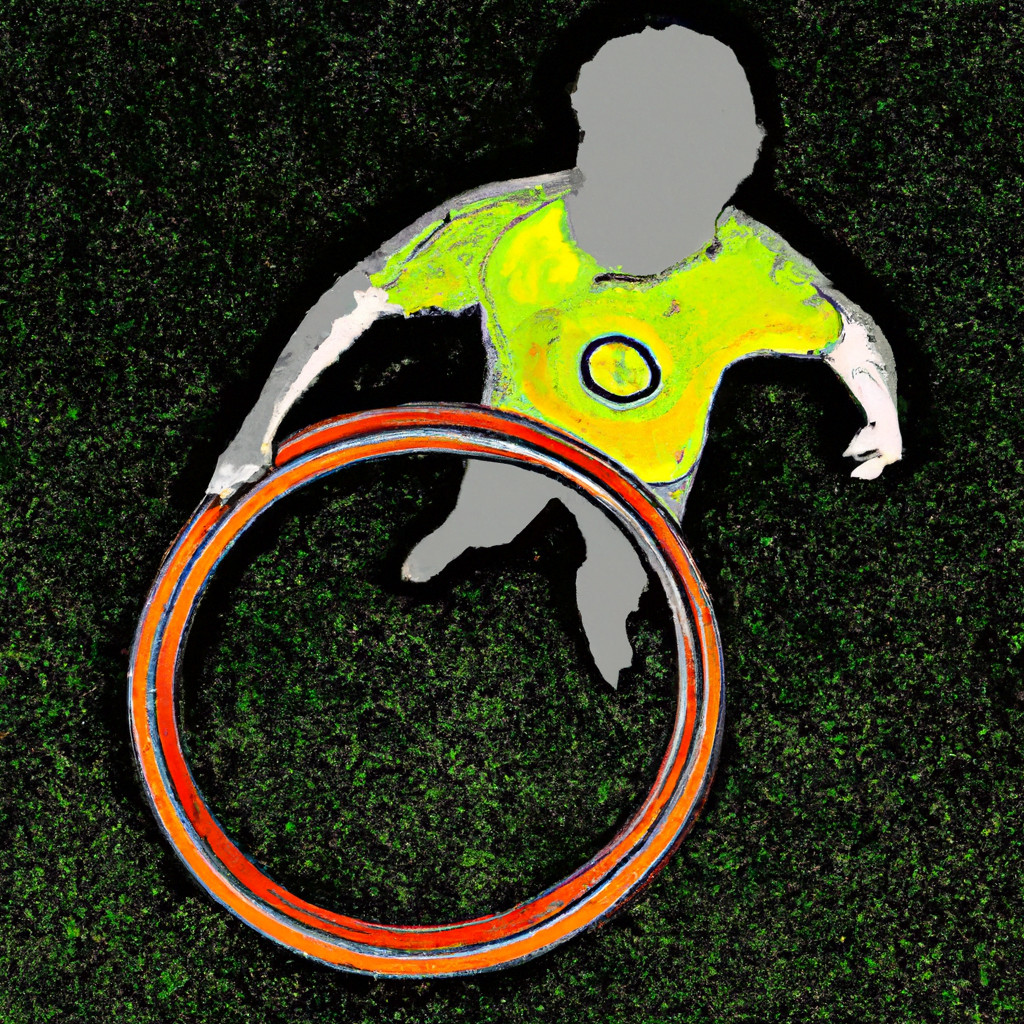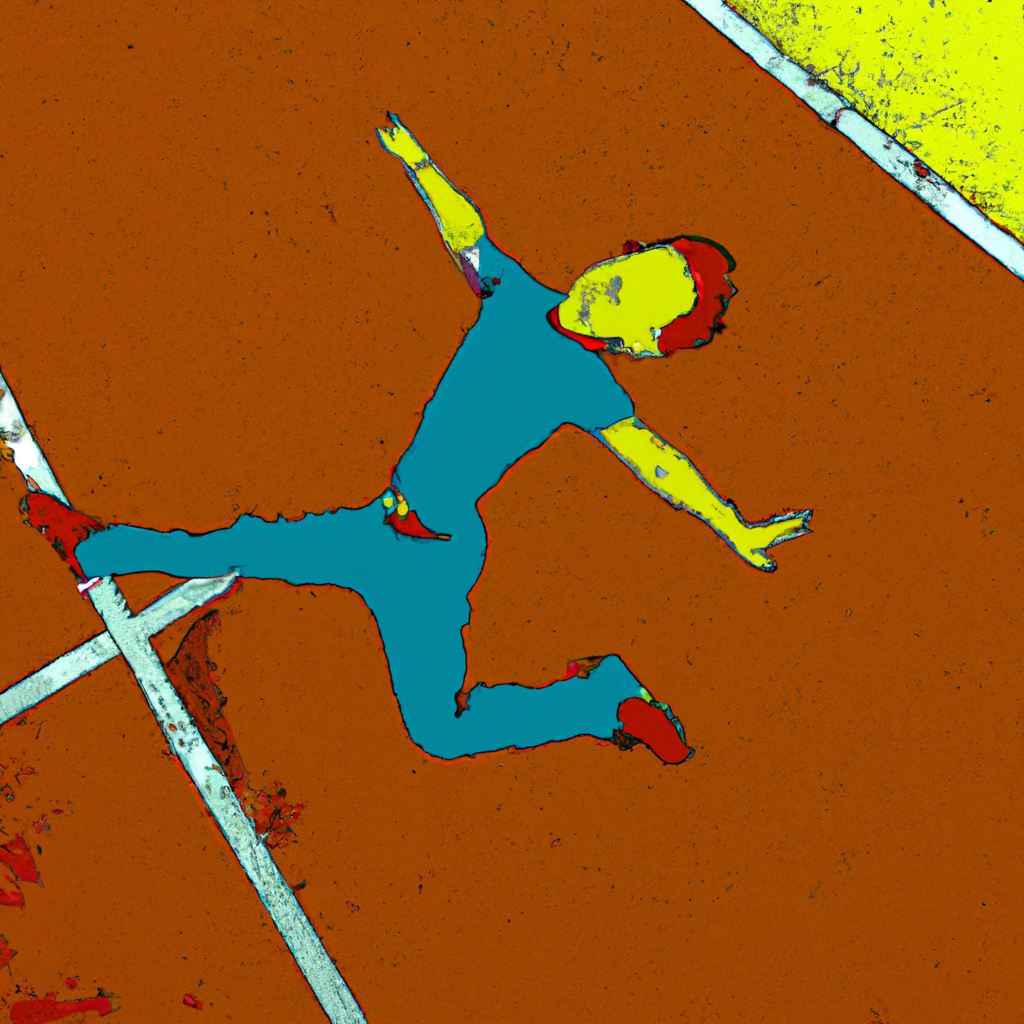
Illustrating Sports and Athletics: Capturing the Action

Sports and athletics have always been a source of inspiration and excitement for people around the world. Whether it’s the thrill of a game-winning goal, the grace of a perfectly executed dive, or the power of a record-breaking sprint, these moments are etched into our memories. While photography has long been the go-to medium for capturing these moments, illustrating sports and athletics offers a unique and dynamic way to bring these moments to life. In this article, we will explore the art of illustrating sports and athletics, the challenges it presents, and the techniques used to capture the action.
The Power of Illustration
Illustration has the ability to convey emotions and capture the essence of a moment in a way that photography sometimes cannot. It allows artists to emphasize certain aspects of a scene, exaggerate movements, and create a sense of energy and dynamism. By using different styles and techniques, illustrators can bring a fresh perspective to sports and athletics, making them more engaging and visually appealing.
One of the advantages of illustration is the freedom it offers in terms of creativity. Artists can experiment with different mediums, such as watercolors, digital art, or even mixed media, to create unique and captivating illustrations. This flexibility allows them to convey the atmosphere and intensity of a sporting event in a way that photography may not be able to achieve.
The Challenges of Illustrating Sports and Athletics
While illustrating sports and athletics can be a rewarding endeavor, it also comes with its own set of challenges. One of the main difficulties is capturing the fast-paced nature of sports. Unlike photography, where a moment can be frozen in time, illustrators must convey movement and action through their artwork.
Another challenge is the level of detail required to accurately depict athletes and their movements. Illustrators must have a deep understanding of anatomy, as well as the specific techniques and skills involved in each sport. This knowledge allows them to capture the nuances of a particular movement or gesture, adding authenticity to their illustrations.
Additionally, illustrators often face tight deadlines when working on sports-related projects. Sports events are time-sensitive, and illustrations are often needed for publications, advertisements, or promotional materials. This requires artists to work quickly and efficiently while maintaining the quality and accuracy of their work.
Techniques for Capturing the Action
Illustrating sports and athletics requires a combination of technical skill and artistic interpretation. Here are some techniques that artists use to capture the action:
Gesture Drawing
Gesture drawing is a technique that involves quickly capturing the essence of a movement or pose. It is often used as a warm-up exercise to loosen up the artist’s hand and observe the flow of movement. By focusing on the overall gesture rather than the details, artists can convey the energy and dynamics of a sporting moment.
Dynamic Poses
Dynamic poses are essential in illustrating sports and athletics. They help convey the intensity and power of a movement. Artists often study reference photos or videos to understand the body mechanics and create accurate and impactful illustrations. By exaggerating certain poses or angles, artists can enhance the drama and excitement of a scene.
Color and Composition
Color and composition play a crucial role in illustrating sports and athletics. Artists use color to evoke emotions and create a sense of atmosphere. Bright and vibrant colors can convey energy and excitement, while muted tones can evoke a sense of calmness or focus. Composition is also important in guiding the viewer’s eye and emphasizing the main subject or action.
Texture and Brushwork
Texture and brushwork can add depth and dimension to an illustration. Artists can use different brush strokes and techniques to create the illusion of movement or texture. For example, quick and loose brushwork can convey speed and energy, while more controlled and detailed brushwork can capture the intricacies of a particular sport.
Case Studies: Illustrating Sports and Athletics
Let’s take a look at some examples of illustrators who have successfully captured the action in sports and athletics:
1. Stanley Chow
Stanley Chow is a renowned illustrator known for his distinctive style and ability to capture the essence of athletes. His illustrations often feature bold lines and minimalistic colors, creating a sense of focus and intensity. Chow’s work has been commissioned by major sports brands and publications, including Nike and ESPN.
2. Christoph Niemann
Christoph Niemann is an illustrator and author who has created captivating illustrations of various sports. His work combines simplicity and humor, often using minimalistic shapes and clever compositions to convey the action. Niemann’s illustrations have been featured in The New Yorker and The New York Times.
3. Andrew Archer
Andrew Archer is an illustrator known for his vibrant and energetic illustrations of sports and athletes. His work often features bold colors, dynamic poses, and a mix of traditional and digital techniques. Archer’s illustrations have been used in advertising campaigns and editorial publications.
Summary
Illustrating sports and athletics offers a unique and dynamic way to capture the action and bring it to life. Through the power of illustration, artists can convey emotions, emphasize movements, and create a sense of energy and dynamism. While it comes with its own set of challenges, such as capturing movement and working under tight deadlines, the techniques used in illustrating sports and athletics, such as gesture drawing, dynamic poses, color and composition, and texture and brushwork, can help artists create engaging and visually appealing illustrations. By studying the work of successful illustrators like Stanley Chow, Christoph Niemann, and Andrew Archer, we can gain valuable insights into the art of illustrating sports and athletics. So, whether you’re a sports fan, an artist, or simply someone who appreciates the beauty of movement, take a moment to appreciate the art of illustrating sports and athletics.
